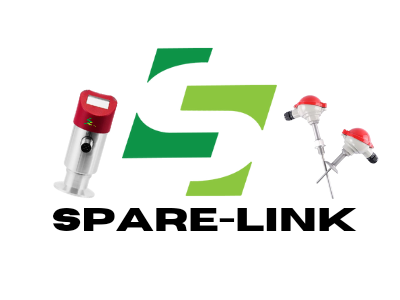Juneng and spare-linkis a large scale manufacturer with its subsidiaries namely
management system (CMMS) can help by automating work orders and workflows, scheduling labor and managing materials. But as assets become smarter and more connected, maintenance management solutions must evolve from simply reacting to an event to more preventive and predictive actions.
To extend asset lifecycles, control costs and efficiently use limited resources, look for solutions that add automation, IoT data, analytics and AI into your maintenance strategies.
Start small with CMMS
We can start small on the asset management spectrum with CMMS (computerized maintenance management systems). CMMS has been around for a few decades. It was born out of the need to manage the tedious tasks associated with scheduling, managing and reporting on maintenance activities. CMMS solutions are a great starting place for organizations. Their primary value is in automation for maintenance or field service teams. They help to manage workflows, resourcing and routing, provide operating and repair guidance, and create a record for reporting and auditing.
Then grow and scale with EAM
CMMS users often also own EAM or Enterprise Asset Management platforms, to support the broader asset management needs of the organization. EAM systems provide the appropriate visibility and support across the business and operations. It is the lifeblood of asset intensive industries, like energy, manufacturing, transportation, etc. EAM solutions utilize data from across the asset lifecycle: from design and construction, through operations, maintenance and replacement of plant, equipment and facilities. They look beyond maintenance, and help organizations manage ancillary needs around assets – such as safety, environmental considerations, inventories, worker training, and many other needs for organizations that use assets to deliver their business value.
Lastly, organizations that are asset-intensive typically have large capital budgets associated with their equipment. These organizations continue to work to better connect their assets with organizational value in order to increase their return-on-assets. They look to deploy more powerful analytics associated with the Internet of Things (IoT) and artificial intelligence (AI) through solutions like Asset Investment Planning (AIP). These solutions connect the production floor to the balance sheet using real-time data on the health and output of assets. They do so by continuously modeling the value and risks from current operations, inventories and production outputs. By being able to better manage, predict, and optimize their assets, operations can play a bigger role in the financial outcomes of the firm. Integration with external data, from manufacturers, weather, and even equipment repair is often easier due to the openness of platforms associated with APM and AIP.

